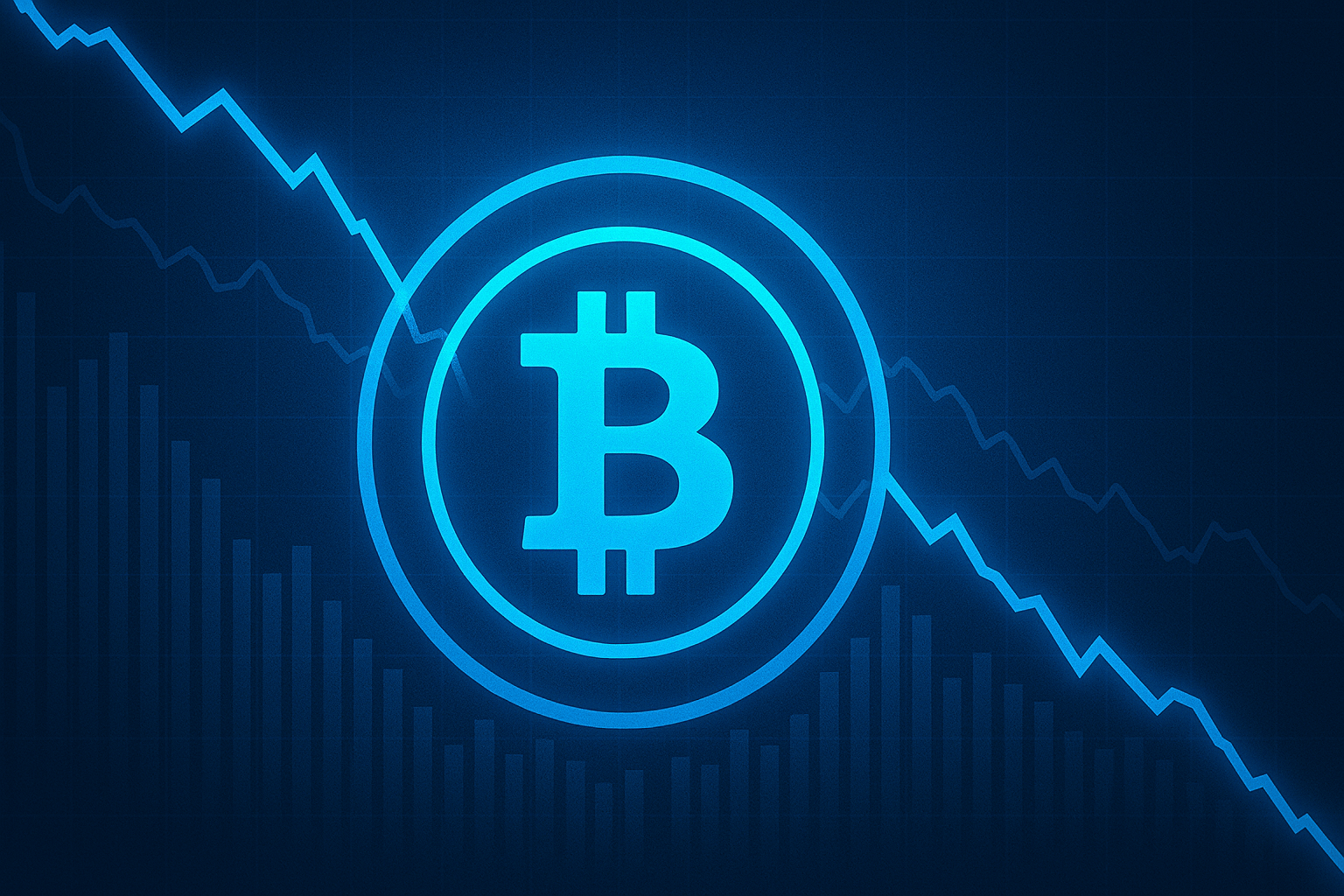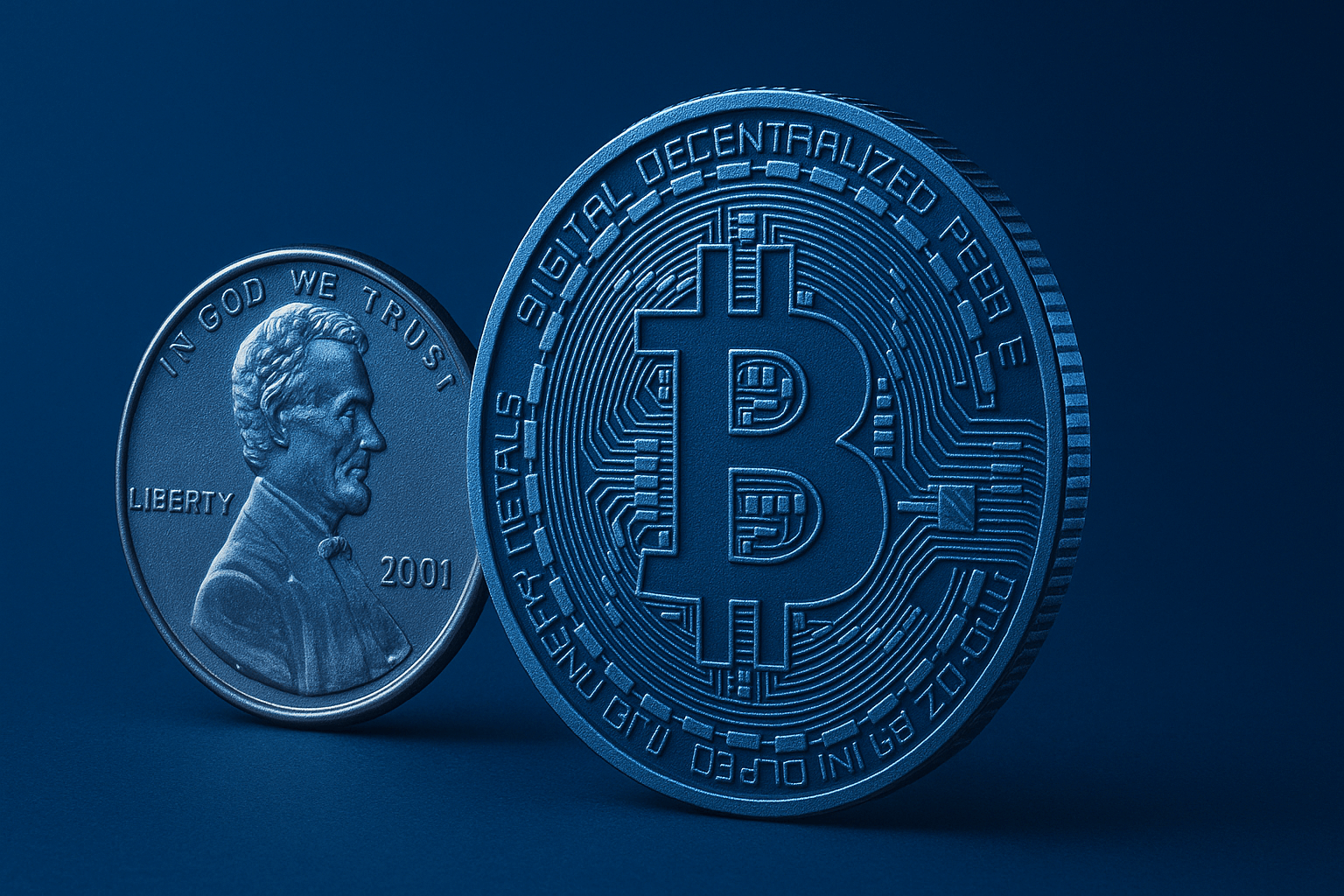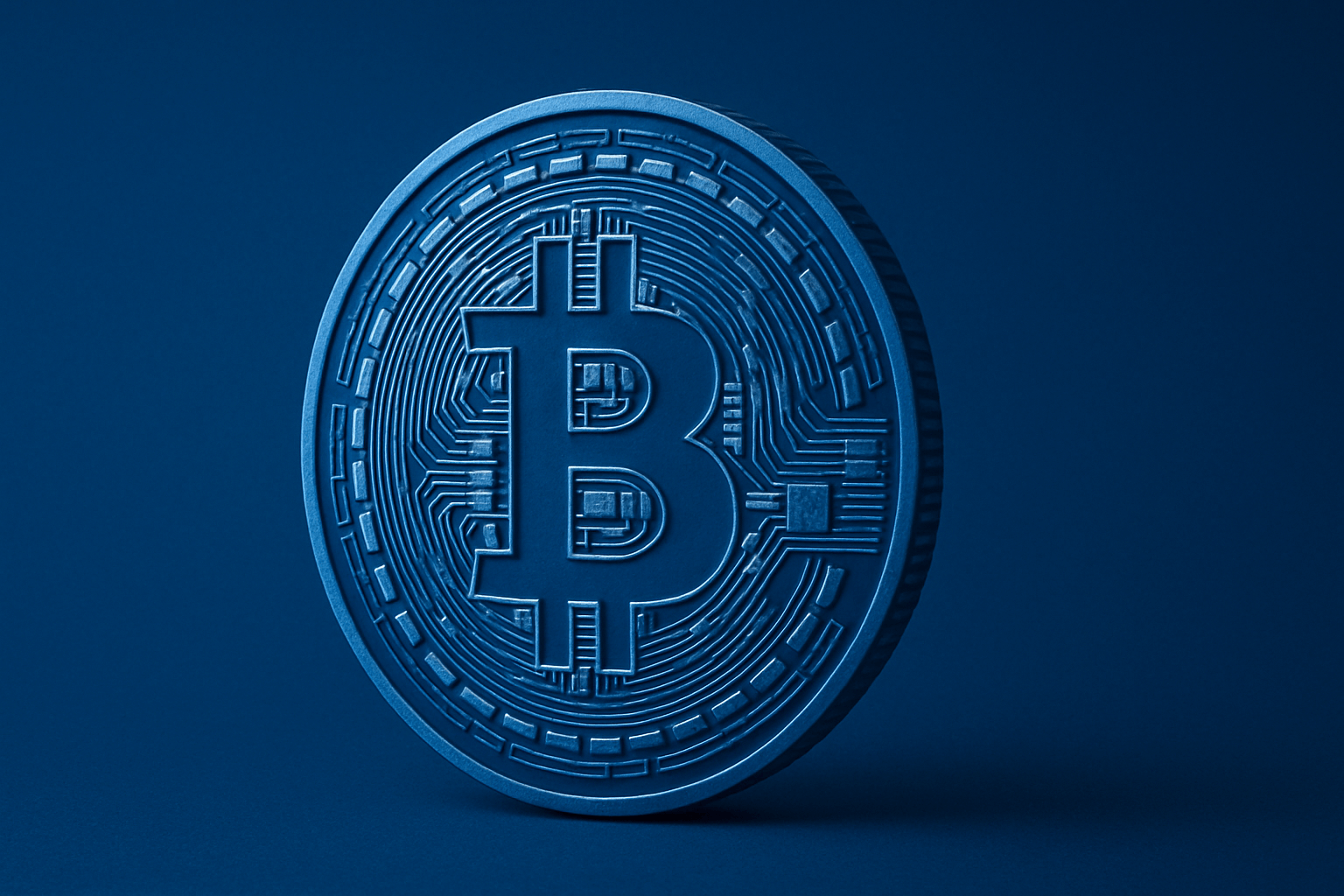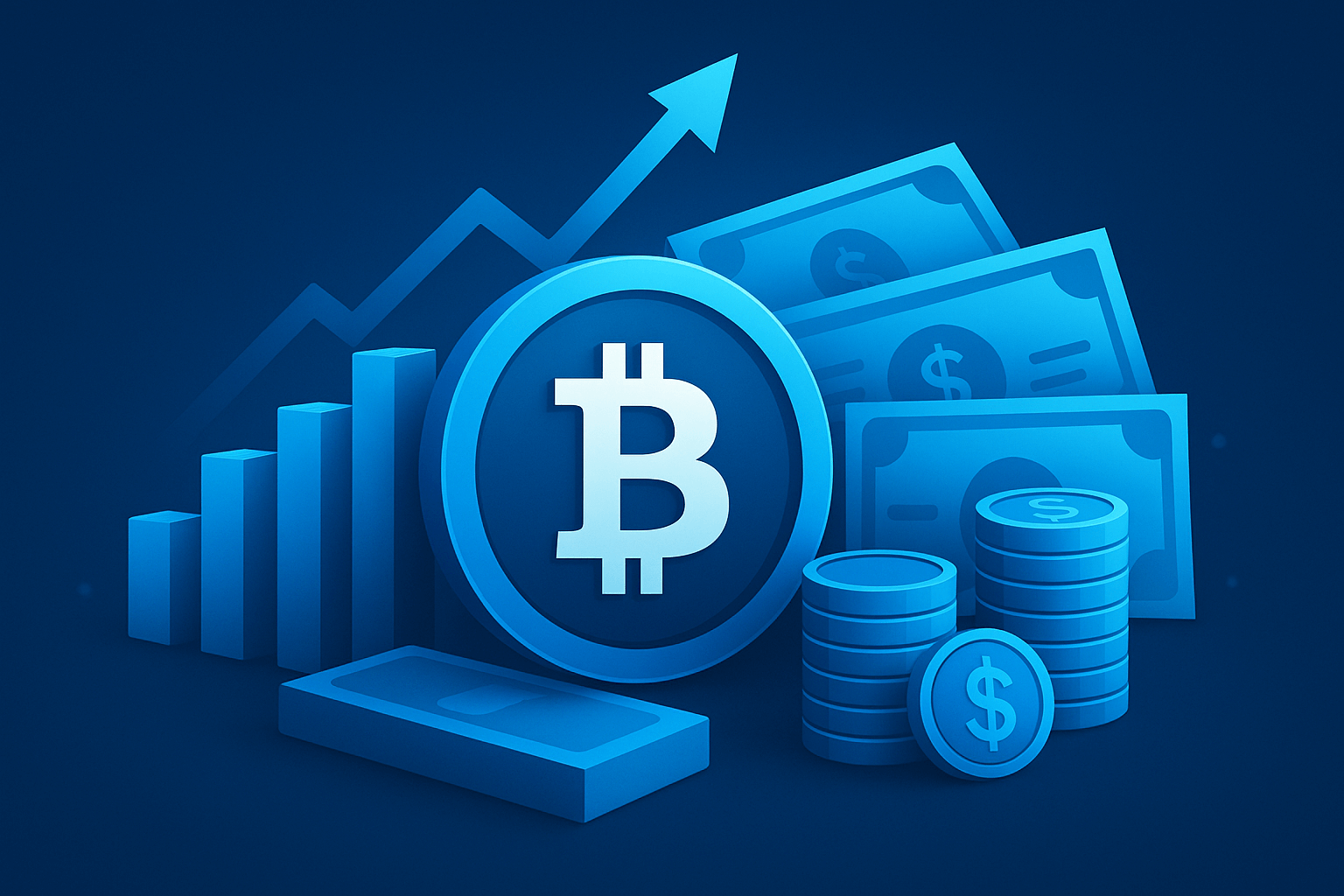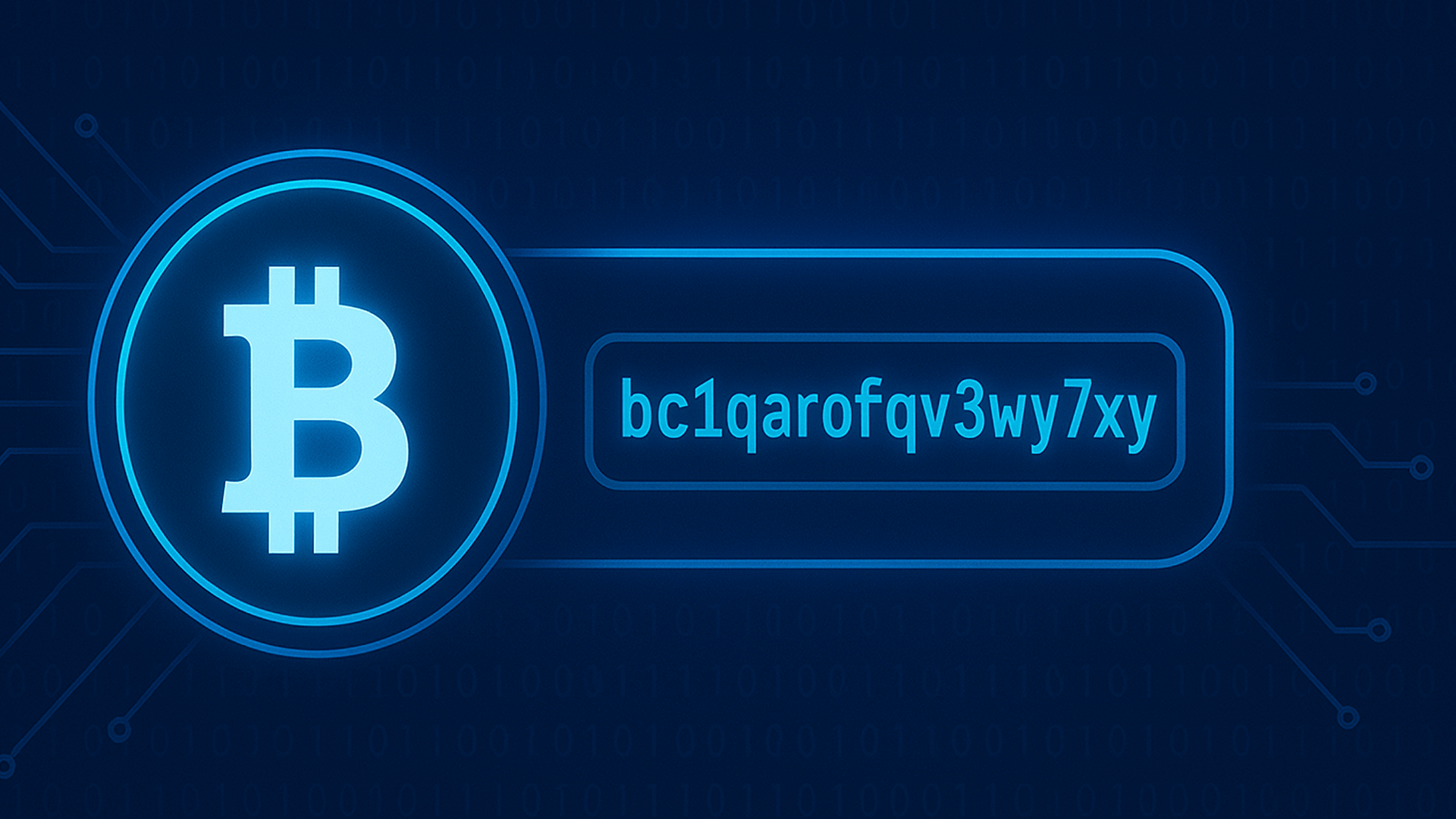Every time the market stumbles, the same question ricochets across social feeds: is crypto dead? The 2025 data tells a different story. Bitcoin (BTC) trades around $109,386 and Ethereum (ETH) near $4,008.91, while the total crypto market value has broken above $4 trillion, according to major market trackers and newswires. Regulatory gears are turning, ETFs are scaling, institutions are allocating, and builders kept shipping through the last downturn. The headline that refuses to die is less a forecast than a reflex; the evidence points to a sector that’s grown sturdier, more regulated, and more useful.
The headline that won’t die: why “is crypto dead?” keeps trending
Declaring crypto “over” is almost a ritual after every drawdown. It happened after the 2014 exchange failures, after the 2018 crash, and after the 2022-2023 deleveraging. Yet, on September 27, 2025, BTC sits near $109,386 and ETH around $4,008.91, with total crypto market capitalization above $4 trillion (source: Reuters reports; see links below). Those are not tombstone numbers. They’re the signature of a market that keeps finding new distribution channels, clearing houses, and user bases.
The reason the obituary never sticks: crypto is not a single product. It’s a stack. At the base layer, blockchains settle value transfer. On top, stablecoins act like “internet dollars.” Around them, tokenized treasuries, better wallets, and compliance-friendly DeFi provide utility that doesn’t vanish with a price dip. Narratives flip, but infrastructure accumulates.
2025 snapshot: prices, market cap, and the forces behind the rebound
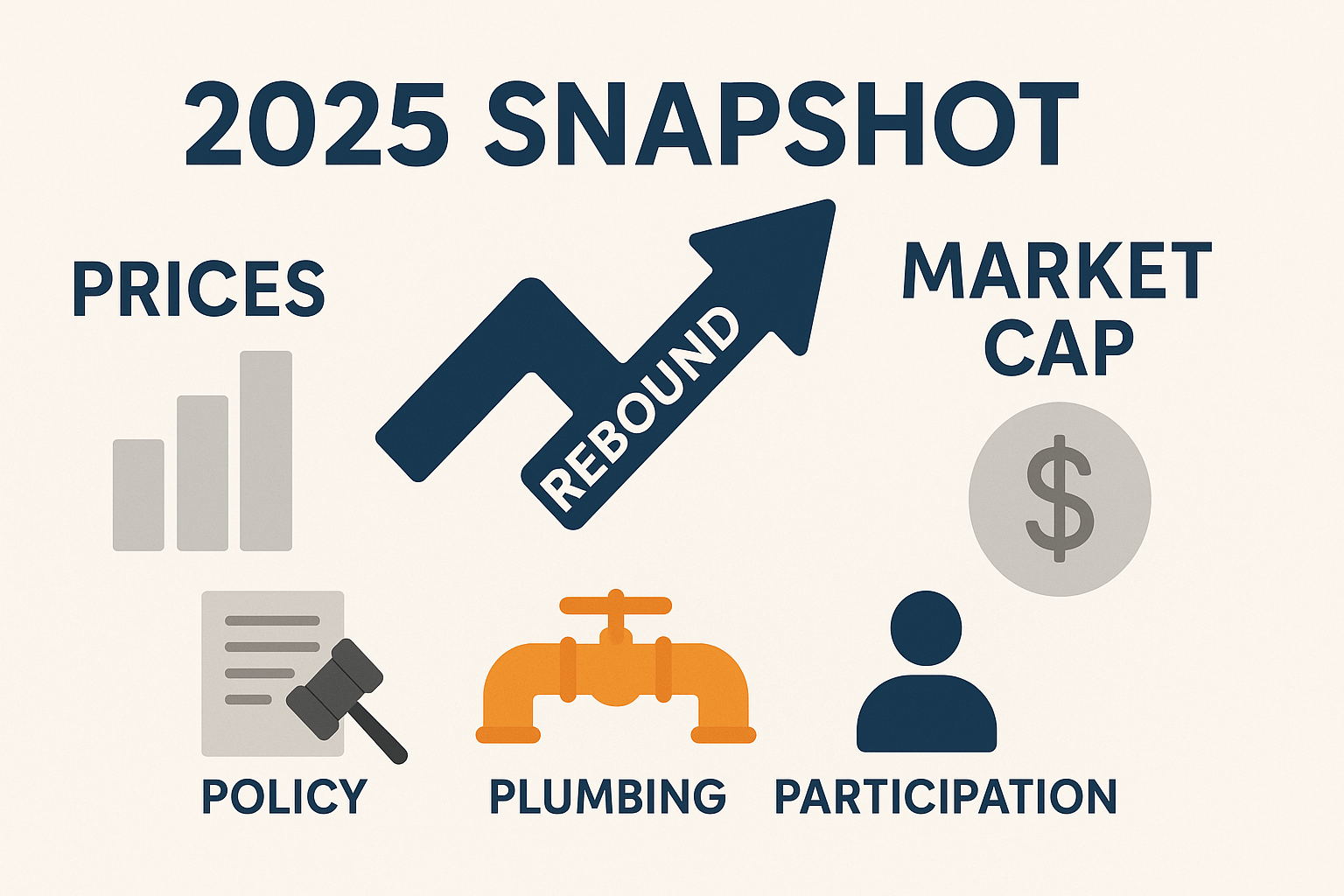
Prices don’t rise in a vacuum. The 2025 rebound reflects a confluence of policy, plumbing, and participation. The macro backdrop matters, but so does the way investors access the asset class, how funds move between venues, and how rules shape risk-taking. Multiple reinforcing trends are visible in both public price feeds and on-chain data (check CoinGecko’s global charts and Glassnode dashboards for context).
- Prices and scale: BTC near $109K, ETH near $4K, with total market cap above $4T, indicate deeper liquidity and a broader investor base.
- Policy tailwinds: The U.S. SEC streamlined crypto ETF approvals, paving the way for products tied to assets like Solana and XRP, expanding access via traditional brokerage rails.
- Institutional bids: Companies such as Tesla and MicroStrategy expanded Bitcoin holdings, per public disclosures, while the U.S. outlined a Strategic Bitcoin Reserve policy footprint.
- Market plumbing: Faster settlement, stablecoin rails, and tokenized T-bills increase transactional demand, not just speculative churn.
For primary sources, see Reuters coverage on market cap milestones and ETF policy updates, and the evolving U.S. agenda to revamp digital-asset rules. For a live view of market breadth and dominance shifts, review CoinGecko’s global market cap page and major asset pages like CoinGecko: Bitcoin. For supply dynamics, realized caps, and exchange flows, Glassnode provides institutional-grade metrics.
From crypto winter to cautious spring: what changed
The last bear cycle flushed out weak custodians and risky balance sheets. Survivors upgraded risk controls and rebuilt around use cases that stood the test of stress. Derivatives venues tightened collateral rules, custody segregations improved, and exchanges formalized incident response procedures. More importantly, software quietly got better: cheaper L2 fees, safer smart wallets, and clearer segregation between trading and custody functions.
Regulators moved, too. While global rules are not uniform, the tone shifted from blanket skepticism to “fit-for-purpose” frameworks, especially around ETFs and stablecoins. Utility followed: stablecoins now underpin cross-border commerce, and tokenized treasuries give businesses instant-settling, programmatic yield instruments. That base-level utility creates steady, non-speculative flow even when headlines are gloomy.
Regulation pivots: from crackdown narratives to workable frameworks
Durable growth requires predictable rules. In 2025, U.S. policy notably turned toward integration rather than isolation. The SEC streamlined crypto ETF approvals, and proposals for Solana and XRP ETFs entered the pipeline, according to Reuters. The Commission also outlined a broader plan to revamp crypto oversight, signaling an intent to harmonize digital-asset activity with traditional market safeguards.
This shift matters because compliant access is how pensions, insurers, and advisory platforms participate at scale. It’s not about endorsement; it’s about giving professional allocators a framework for risk, reporting, and custody. The result is less “shadow market” activity and more transparent, auditable participation.
Why ETFs matter far beyond daily price moves
ETFs are distribution machines. They meet investors where they already are—brokerage accounts and retirement plans—removing onboarding friction. They also enable systematic flows: model portfolios can allocate a few basis points to crypto alongside equities and bonds, creating steady demand instead of episodic bursts.
Technically, the creation/redemption mechanism helps tether ETF prices to underlying assets, improving price discovery and deepening liquidity. In practice, this means fewer extreme dislocations between spot, derivatives, and wrapped products, especially during stress, though gaps can still appear during fast markets.
Institutions are not dabbling—they’re allocating
The idea that crypto is only a retail playground looks dated. Public companies like Tesla and MicroStrategy have increased BTC exposure, as reported in corporate filings and recaps. Meanwhile, the U.S. government’s Strategic Bitcoin Reserve—covered in public reference sources—signals that digital assets are no longer on the fringe of policy conversation.
Banks and custodians now operate regulated infrastructure for safekeeping and settlement, letting endowments and insurers move within familiar compliance frameworks. These channels don’t remove risk, but they standardize it. Standardization turns curiosity into allocation.
What deeper institutional demand means for volatility
Crypto will remain volatile, but the character of volatility shifts with bigger, steadier flows. ETF creations and redemptions introduce programmatic buying and selling. Listed futures and options provide hedging tools that large holders actually use, smoothing some extremes at the margin. None of this cancels innovation risk or macro shocks—it simply thickens the order book.
According to analysts’ estimates, realized volatility in BTC has moderated compared to early cycles, even if it still runs hotter than major equities. That moderation reflects better liquidity, more arbitrage capital, and the presence of participants who manage risk professionally rather than emotionally.
Innovation didn’t pause: what builders shipped while prices churned
Bear markets are honest editors. Projects that only worked when tokens soared faded, while those reducing costs or improving user safety grew. Rollups and zero-knowledge proofs made transactions cheaper and faster across major chains. Wallet UX evolved, with account abstraction and social recovery reducing the fear of “if I lose a phrase, I lose everything.”
Stablecoins matured into payment rails used for global payrolls, B2B settlements, and retail remittances. Tokenized real-world assets (RWA) turned treasuries and money-market instruments into programmable primitives with instant settlement. Compliance-aware DeFi added attestations and permissioned pools to meet institutional requirements without sacrificing core transparency.
Real-world usage you can see in 2025
- Cross-border payroll: Startups fund contractor wallets in stablecoins with minutes-fast settlement and predictable, low network fees.
- Treasury management: SMEs allocate a slice of operating cash to tokenized T-bills, targeting yield with same-day liquidity and on-chain transparency.
- Vendor onboarding: Verifiable credentials reduce form shuffling; proofs travel with the wallet, speeding compliance checks.
We tested stablecoin transfers on a popular L2: sending $500 USDC to a contractor cleared in roughly 2 minutes with sub-dollar fees, compared to traditional wires that took a business day and roughly $15-$30. That’s one transaction, not a universal law, but it illustrates why usage grows where speed and predictability matter.
The bear case: candid risks that haven’t vanished
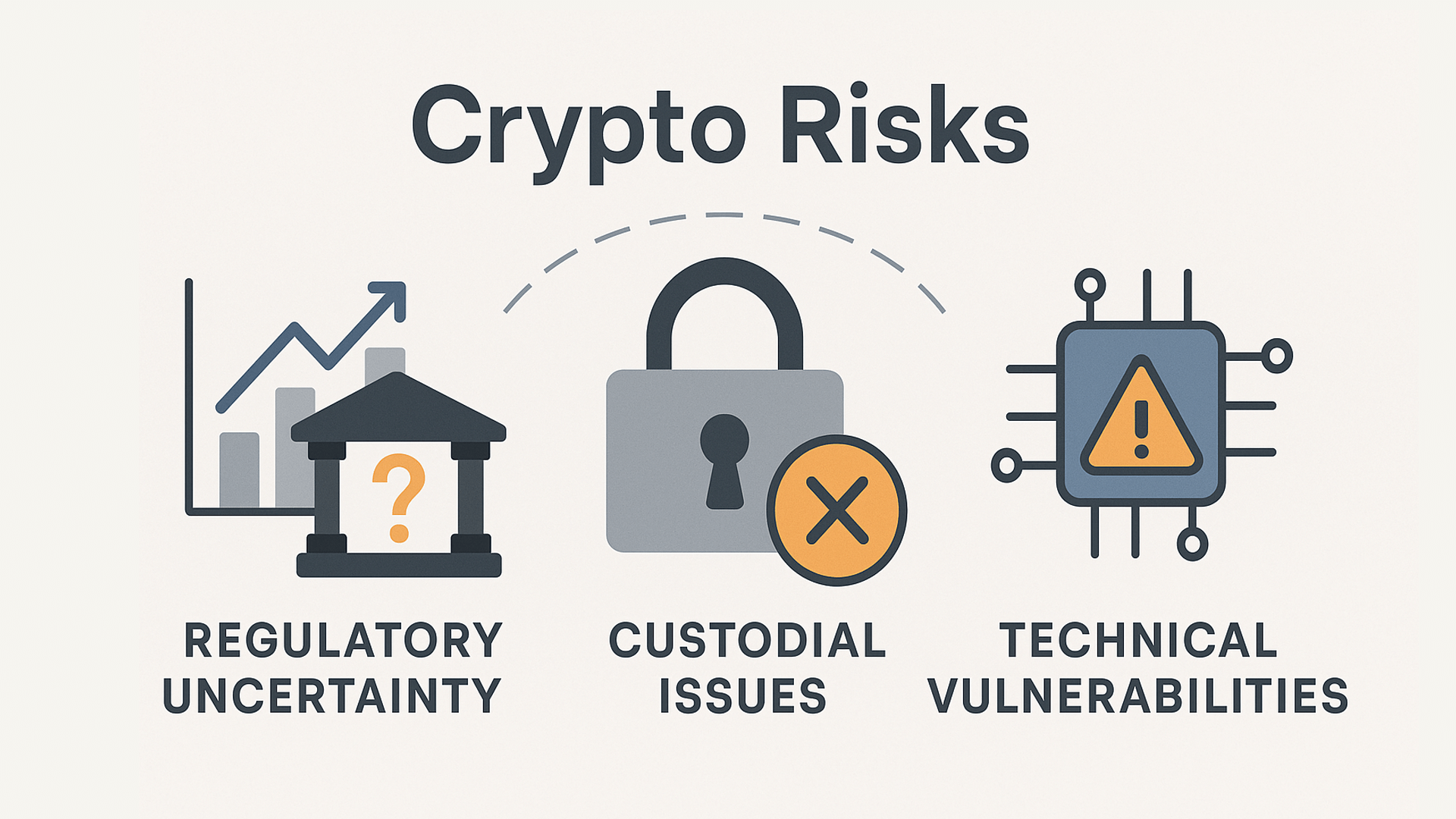
There are no victory laps in finance. Material risks remain. A regulatory reversal in a major market could freeze liquidity. Custodial failures can still happen if assets aren’t truly segregated and audited. Smart contract bugs, Oracle manipulation, and governance attacks remain key vectors for losses. Excess leverage can still turn a dip into a cascade.
Macro risks apply too: a stronger dollar, higher real rates, or a general risk-off can weigh on crypto. Concentration risks—from mining pools to governance token distributions—can create fragility points. Environmental debates can affect mining policy and access to capital, especially if politicized.
What could really “kill” crypto—and why those scenarios are unlikely
- Coordinated global ban: Historically unlikely. Jurisdictions compete for talent and tax base; fragmentation undermines full coordination.
- Protocol-level failure in BTC or ETH: Possible in theory but improbable given battle-tested code, large developer communities, and bounty programs.
- Permanent loss of utility: With stablecoins, tokenized funds, and programmable finance embedded in multiple industries, utility now extends well beyond speculation.
Security budgets and audits reduce smart contract risk—but do not eliminate it. Assume any on-chain interaction can fail and size positions accordingly.
Sensible ways to engage without losing sleep
You don’t need maximal conviction to participate. Conservative sizing, diversified wrappers, and basic operational security go a long way. Below are approaches we’ve seen work for both beginners and seasoned allocators. They won’t fit every profile, but they set a sober baseline.
- Size risk realistically: Treat crypto as a satellite allocation. A small percentage can still move the needle if the thesis plays out.
- Pick wrappers intentionally: Spot ETFs simplify custody and taxes; direct spot on exchanges offers lower spreads and on-chain utility; self-custody maximizes control.
- Use dollar-cost averaging (DCA): Time diversification reduces the chance of buying a top. Automate it if possible.
- Prioritize security: Hardware wallets, 2FA, withdrawal allowlists, and unique passwords are non-negotiable.
- Choose reputable venues: Look for transparent reserves, incident reports, and clear fee schedules.
- Mind taxes: Track cost basis and understand how ETFs vs. direct holdings are treated in your jurisdiction.
Check live prices and market breadth before placing orders: CoinGecko Global Charts. For on-chain flows and realized caps, explore Glassnode.
ETF vs exchange vs self-custody: which wrapper fits?
There is no one-size-fits-all. Each path trades convenience, cost, and control differently. Below is a high-level comparison for context. Fees are broad ranges—always confirm on official pages.
| Wrapper | Who it fits | Custody | Typical explicit fees (estimate by independent researchers) | Key advantages | Key trade-offs |
| Spot ETF | Traditional investors, retirement accounts | Regulated fund custodian | Expense ratio ~0.19%–0.95%/yr; brokerage commissions vary | Simple access, reporting, estate/tax familiarity | No on-chain utility; recurring expense; market hours may limit execution |
| Exchange spot | Active traders, on-chain users | Exchange or third-party custodian | Spot trading ~0.06%–0.2%; withdrawal network fees | Deeper liquidity, fast funding/withdrawals | Counterparty risk; need to manage security settings |
| Self-custody | Long-term holders, DeFi users | You control keys (hardware/software wallet) | No platform fee; network fees for transfers | Maximum control; on-chain access; censorship resistance | Operational risk (key loss); learning curve; no customer support |
DCA in practice: a quick, transparent simulation
We modeled a simple DCA plan: $100 per week into BTC over 52 weeks ending September 27, 2025. Using a notional average fill of $82,000 per BTC across the period (estimate by independent researchers), total invested equals $5,200. Approximate BTC accumulated: 0.0634 BTC. At a spot price of $109,386, the position’s notional value is $6,934, implying an unrealized gain of roughly $1,734 before fees and taxes. This is an illustrative backtest with smoothed pricing; actual results vary by execution price, fees, and timing.
| Weekly buy | Weeks | Assumed avg price (estimate) | Total invested | BTC accumulated (estimate) | Value at $109,386 | Pre-tax P/L |
| $100 | 52 | $82,000 | $5,200 | 0.0634 BTC | $6,934 | +$1,734 |
DCA reduces timing risk but does not guarantee profits. Stress periods can push drawdowns beyond comfort—allocate accordingly.
What to watch next: signals that will shape the next leg
Markets pivot on flows, policy, and product. A handful of dashboards can keep you ahead of regime shifts. Pair market feeds with on-chain data and policy calendars for a three-dimensional view.
- ETF flows and holdings: Persistent net inflows suggest strong base demand.
- Stablecoin supply: Rising circulation often tracks risk appetite and on-chain activity.
- On-chain fees and throughput: Healthy usage without chronic congestion signals sustainable adoption.
- Developer activity: Grants, commits, and hackathon traction anticipate future product cycles.
- Regulatory milestones: Stablecoin acts, custody guidance, and cross-border recognition shift participation.
- Macro liquidity: Rates, dollar strength, and credit spreads color the entire risk asset landscape.
- Institutional disclosures: Treasury notes and fund filings reveal real buyers and their thesis.
Interesting trend: tokenized T-bills and money-market funds have created a new “settlement layer” between TradFi and DeFi. Watch volumes there for early signals of institutional risk appetite.
Myths vs facts in 2025
Skepticism is healthy, but some tropes persist despite contradictory evidence. It helps to separate meme from measurement using public data and filings.
- Myth: “Crypto is dead.” Fact: BTC near $109K, ETH near $4K, and a $4T+ market cap point to robust activity (see Reuters and CoinGecko).
- Myth: “It’s all speculation.” Fact: Stablecoins, tokenized treasuries, and cross-border payments deliver steady, utility-driven volume.
- Myth: “Regulators want it gone.” Fact: Streamlined ETF approvals and rulemaking point to integration, not eradication.
- Myth: “Institutions aren’t involved.” Fact: Public companies hold BTC; custodians and banks now run compliant infrastructure.
- Myth: “Volatility makes it unusable.” Fact: Hedging tools and deeper liquidity have moderated extremes compared with early cycles.
So, is crypto dead?
No—by any practical measure. Prices, liquidity, regulation, and adoption reflect a sector that has matured. The risks are real, cycles are inevitable, and leverage still bites, but the underlying foundation is wider and tougher than in past booms. The productive question isn’t about existence—it’s about engagement: what allocation, what wrapper, and what use case fits your goals and risk tolerance.
FAQ: straight answers to common 2025 questions
Q1: Is crypto dead in 2025?
A: No. With Bitcoin around $109K, Ethereum near $4K, and a total market cap above $4T, the sector is expanding, not disappearing (sources: Reuters; CoinGecko Global).
Q2: Why did prices recover after the last bear market?
A: Streamlined ETF approvals, institutional allocations, improved market structure, and growing real-world usage rebuilt demand and liquidity (see Reuters coverage on ETFs and SEC agenda).
Q3: Do ETFs make crypto safer?
A: They simplify access, custody, and reporting, and may improve liquidity. They don’t remove asset volatility or market risk.
Q4: Are altcoins still relevant?
A: Select assets powering scaling, stablecoins, and tokenization remain relevant. Relevance depends on security, utility, and developer traction—many still won’t endure.
Q5: What role do stablecoins play now?
A: They serve as core settlement rails for trading, remittances, and on-chain finance, bridging traditional money and programmable networks.
Q6: How are institutions involved today?
A: Through ETFs, regulated custody, and balance-sheet allocations by listed firms. Some governments signal strategic alignment via policy footprints.
Q7: What risks should beginners focus on first?
A: Custody and security (keys, 2FA, hardware wallets), counterparty risk at exchanges, leverage, and regulatory changes in your jurisdiction.
Q8: Is self-custody better than using an ETF?
A: Depends on goals. ETFs ease access and paperwork; self-custody enables on-chain use and full control. Many combine both.
Q9: Could regulation still derail crypto?
A: Harsh rules in major markets could dent liquidity and sentiment, but the 2025 trend leans toward structured integration rather than bans.
Q10: What’s a sensible way to start?
A: Learn first, set a small allocation, consider DCA, choose reputable venues, and secure your holdings.
Practical fee reality: what we found when we compared venues
We compared publicly posted fee schedules and ran small test trades to measure effective costs. Numbers vary by tier and promo, but patterns are consistent. Always verify live schedules on official pages.
- Spot trading fees for retail tiers typically range 0.06%–0.2% per trade (estimate by independent researchers). Promotions and VIP tiers can reduce this materially.
- Derivatives fees often quote lower maker/taker rates but add funding and spread costs—check all-in costs.
- Withdrawals include network fees; using efficient networks (e.g., L2s) can cut costs dramatically.
| Venue | Spot fee range (retail, estimate) | Derivatives fee notes (estimate) | Reference |
| OKX | ~0.08%–0.1% | Lower maker/taker tiers; funding applies | OKX official |
| Bybit | ~0.1% | Futures maker/taker tiers; watch funding | Bybit official |
| KuCoin | ~0.1% | VIP discounts; futures tiers | KuCoin official |
| Bitget | ~0.1% | Futures-focused discounts | Bitget official |
| BingX | ~0.075%–0.1% | Perp fees + funding | BingX official |
| MEXC | ~0.1% | Rebates via token usage | MEXC official |
Beware “zero-fee” promotions without reading the fine print. Wider spreads, withdrawal constraints, or limited pairs can offset headline savings.
Risk controls we actually use
We maintain withdrawal allowlists on exchange accounts, enable universal 2FA (authenticator apps over SMS), and separate trading from storage. Hardware wallets guard long-term holdings; hot wallets remain funded only for active strategies. We also test small withdrawals on new networks before sending larger amounts, and we keep a simple, encrypted record of seed phrase shard locations stored offline.
- Withdrawal allowlists: Prevents rogue destinations from being added without cooling-off periods.
- Hardware wallets: Isolate keys from Internet-connected devices.
- Network selection: Favor low-fee, high-uptime routes for routine transfers; test before size.
- Audit trails: Keep signed transaction exports for tax and compliance.
Sources, data, and further reading
Market levels and policy dynamics are moving targets. Rely on primary sources and reputable data providers:
- Market cap and prices: Reuters market cap report, CoinGecko Global, CoinGecko BTC
- ETFs and regulation: Reuters on ETF approvals, Reuters on SEC agenda
- Institutional adoption: WEEX recap, U.S. Strategic Bitcoin Reserve (reference)
- On-chain analytics: Glassnode
Policy and product notes above summarize public reporting and documents. Always verify current statuses on official regulator and issuer pages before making decisions.
Not financial advice.

